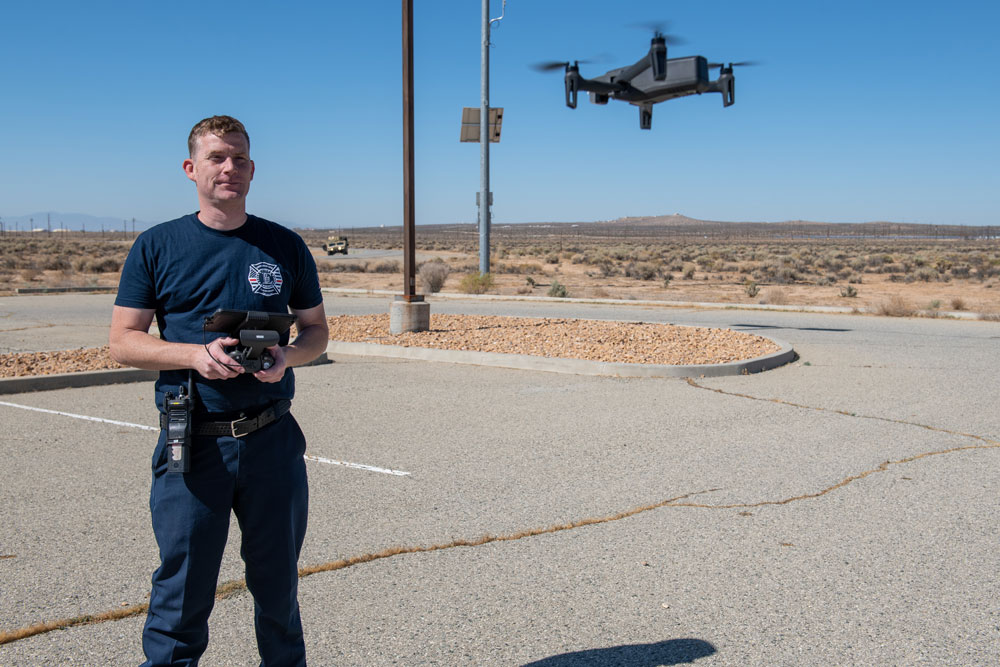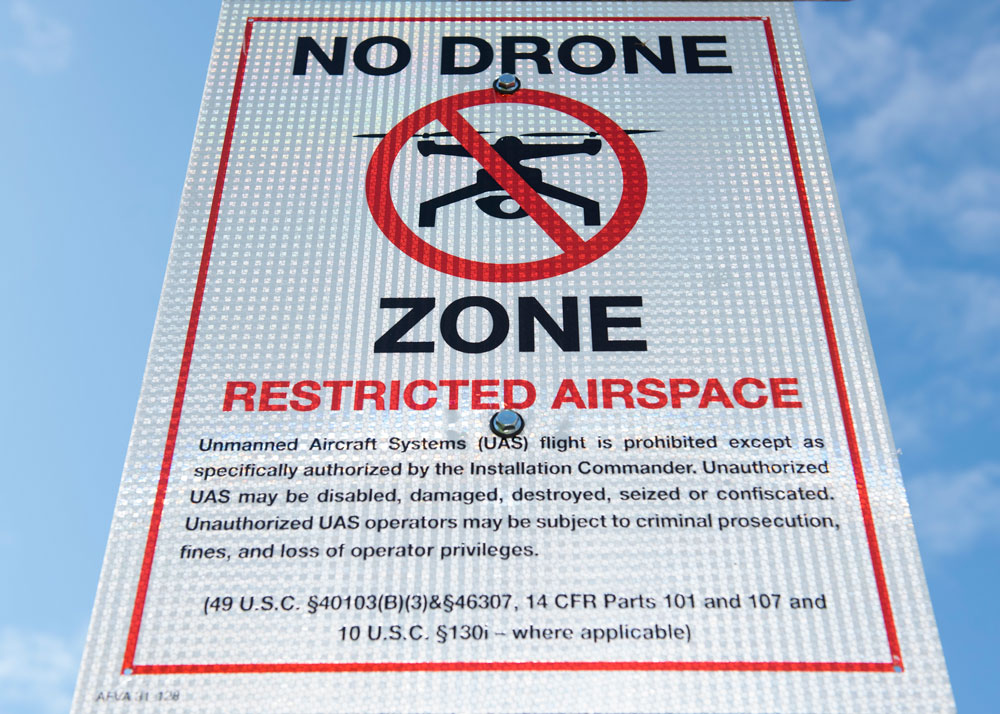Los Small Unmanned Aircraft System (sUAS) son utilizados por estados-nación, organizaciones terroristas y otros “lobos solitarios” para obtener información de los objetivos con potencialidad de ser atacados. También hay evidencia de que los adversarios arman y utilizan sus propios sUAS. Las contramedidas toman muchas formas, pero normalmente incluyen la guerra electrónica, como señales de interferencia o tomar el control de las naves. El equipo de logística de C-sUAS de US Air Force consiste en un pequeño grupo de siete expertos. Los operadores, por el contrario, son numerosos y están repartidos por todo el mundo, dondequiera que se encuentren los intereses de la Fuerza Aérea. La cantidad de personal dedicado a la mitigación de amenazas en cada base depende de la misión de la instalación individual, el tipo de sistemas utilizados allí, el nivel de amenaza diario y la ubicación de la base, por lo que el personal del usuario varía de unos pocos a más de 20 en un mismo sitio.
Keeping military installations safe from threat is a partnership. As lead command for the Air Force Counter-Small Unmanned Aircraft Systems effort, Headquarters, Air Force Materiel Command, has established a symbiotic relationship between two of its directorates to accomplish the mission.
The Logistics, Civil Engineering, Force Protection and Nuclear Integration Directorate and the Air, Space and Cyberspace Operations Directorate work closely to detect any friendly or enemy actions around Air Force installations worldwide and employ mitigation.
“We, on the logistics side, facilitate research and development as well as acquisition efforts,” said Maj. Joseph (Ben) Herwatic, C-sUAS branch chief. “We also direct fielding of the cutting-edge capabilities required to mitigate the growing threat.”
The force protection team, led by Lt. Col. Ryan Natalini, Security Forces Division deputy chief, and dual-hatted as the Security Forces liaison officer for the C-sUAS, understands the interests and abilities of the security forces personnel and identifies what the users might need.
“All of our operators at the base level are defenders,” Natalini said. “This means that we must work closely between two organizations in order to fulfill the duty of defending against the sUAS threat.”
“We’re behind the scenes planning, prioritizing and funding,” Herwatic continued. “Once equipped, the users put our efforts into action.”
The C-sUAS logistics team is small group of seven experts. The operators, conversely, are numerous and spread around the globe wherever Air Force interests are located. The number of personnel dedicated to mitigation at each base depends upon the mission of the individual installation, the type of systems used there, the level of threat on a daily basis and the location of the base, so user personnel vary from a handful to more than 20 at one site.
Small, unmanned aircraft, often referred to as drones or radio-controlled planes, were initially used as expensive toys by hobbyists. As technology has improved and prices decrease, more and more individuals are able to purchase kits and can easily customize the aircraft to serve a multitude of purposes.
“Small aircraft users are a mix across the globe. Most are responsible users or even children flying a drone in their base housing backyard,” Herwatic said. “But there are also those who use the crafts for more nefarious reasons.”
Now sUAS are used by nation-states such as Russian and China, terrorist organizations and other lone wolves to obtain information with potential to harm. There is also evidence of sUAS being weaponized and used by adversaries.
Countermeasures take many forms, but typically include electronic warfare such as jamming signals or taking control of crafts and safely landing them, allowing security personnel can take custody.

Herwatic and his team are part of a broader effort to increase awareness of the threat and the defensive mission. As a pilot, he himself has experienced encounters with sUAS and understands the devastation the tiny crafts can cause.
“While flying an MQ-1 Predator in Iraq, our cameras detected ISIS combatants pinpointing friendly troops on the ground via sUAS,” Herwatic said, “In response, we were able to relay information to the troops which enabled them to take cover.”
“Awareness is the key,” added Katherine Clarke, C-sUAS lead engineer. “We all have a role in protecting our installations from adversary threats.”
Fuente: https://www.af.mil


